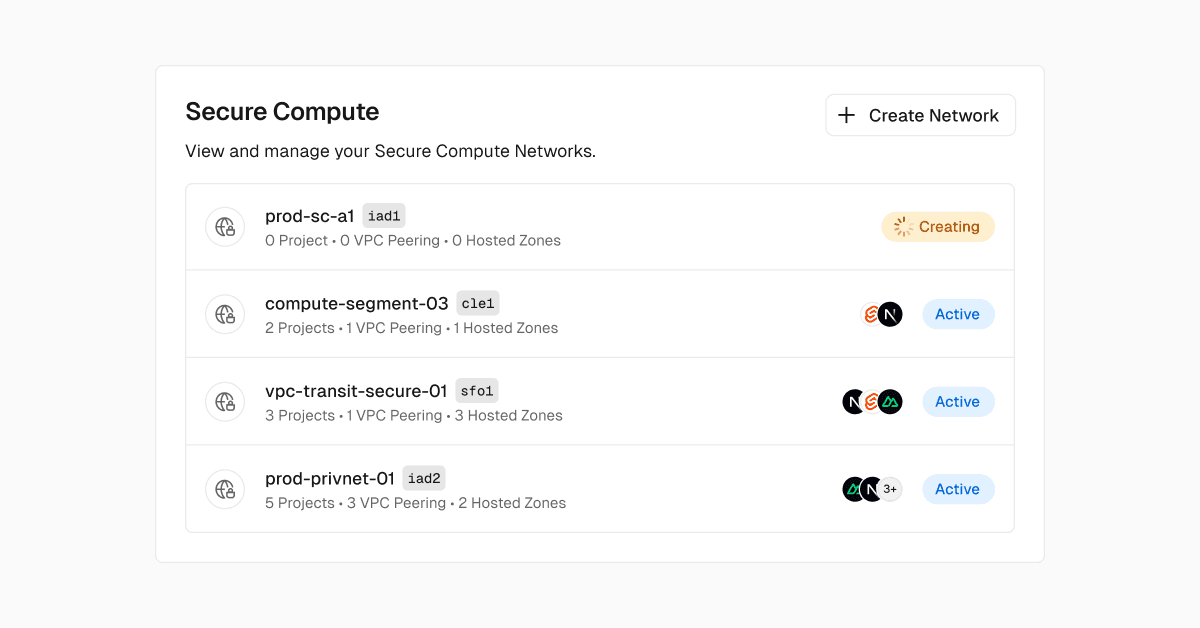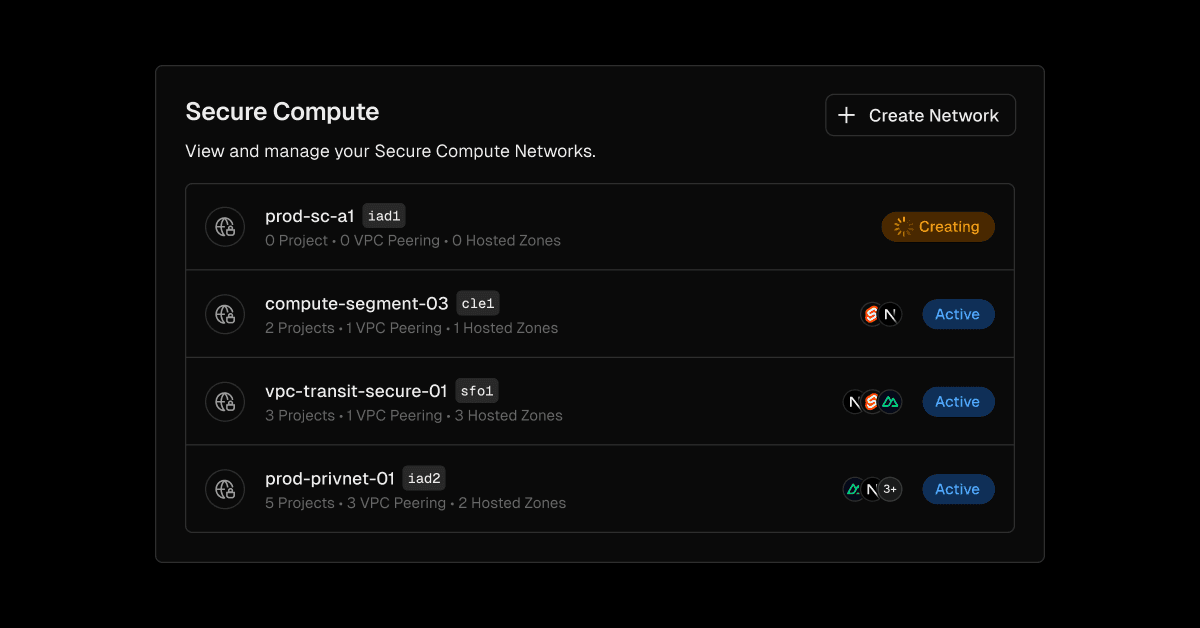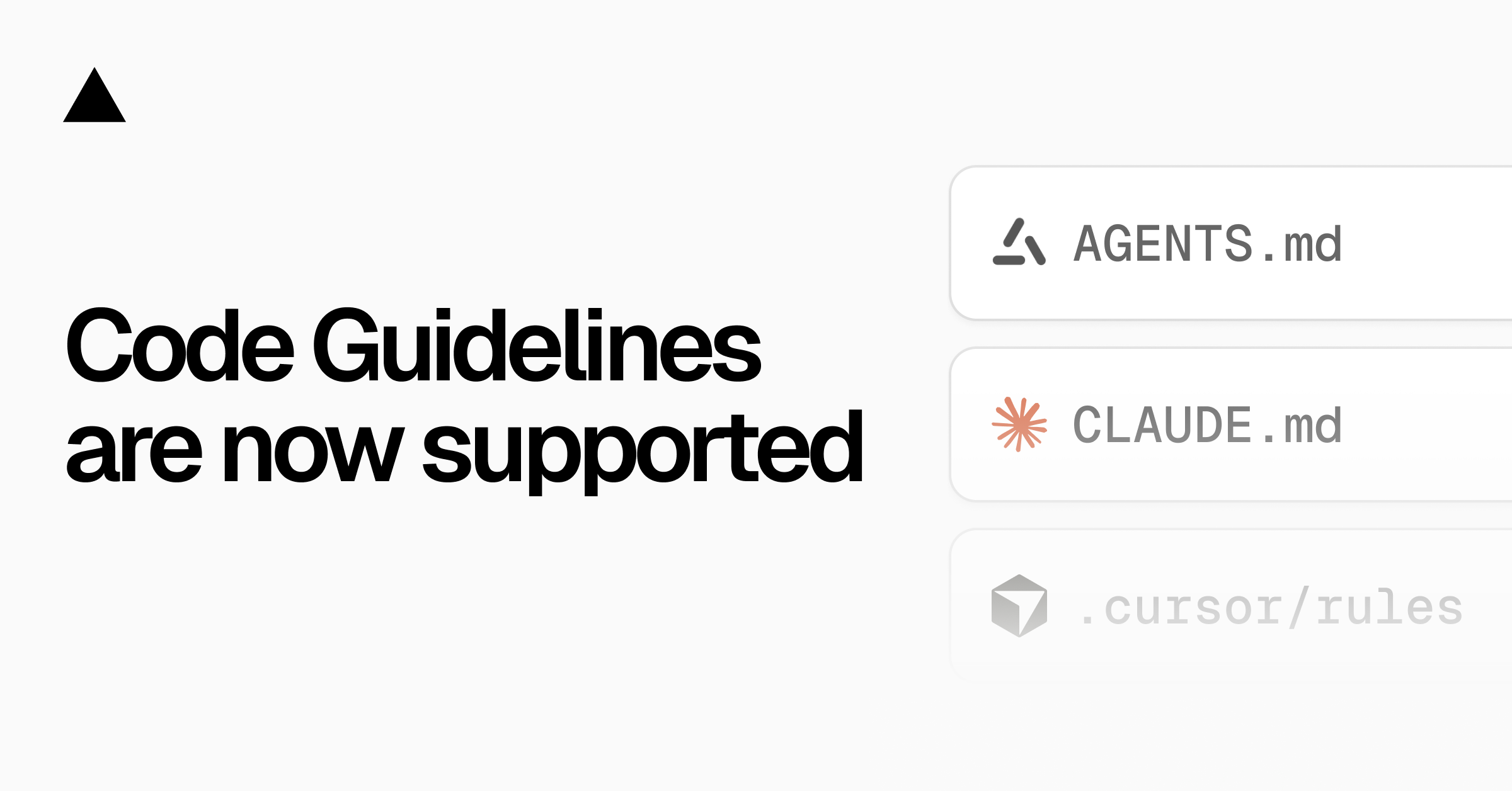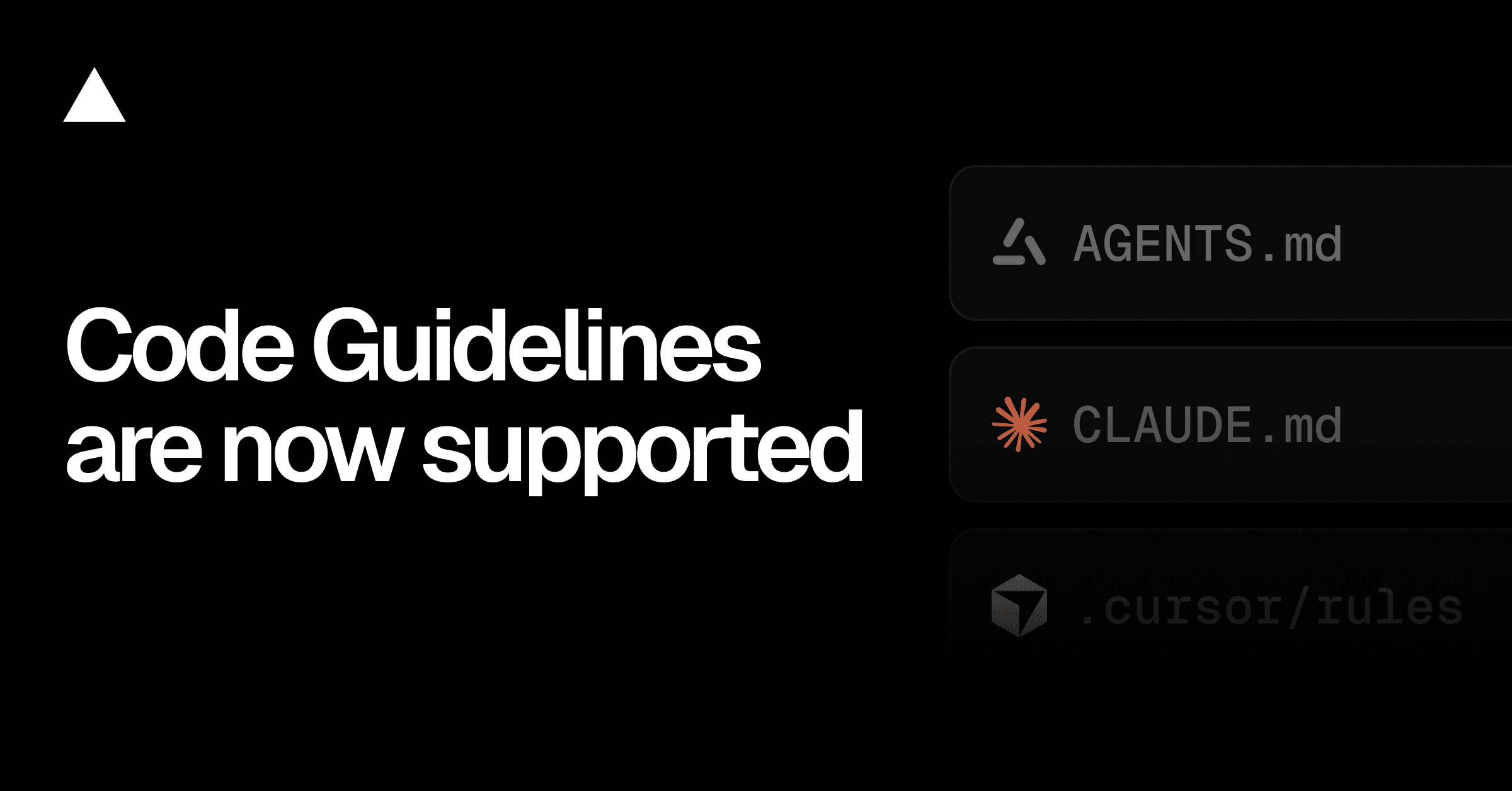Limit on-demand concurrent builds to one build per branch
On-Demand Concurrent Builds let builds skip the queue and run immediately, instead of waiting for other deployments to finish.
You can now configure this feature to run one active build per branch. When enabled, deployments to the same branch are queued. After the active build finishes, only the most recent queued deployment starts building. Older queued deployments are skipped. Deployments on different branches can still build concurrently.
Enable this in your project settings or learn more in the documentation.



